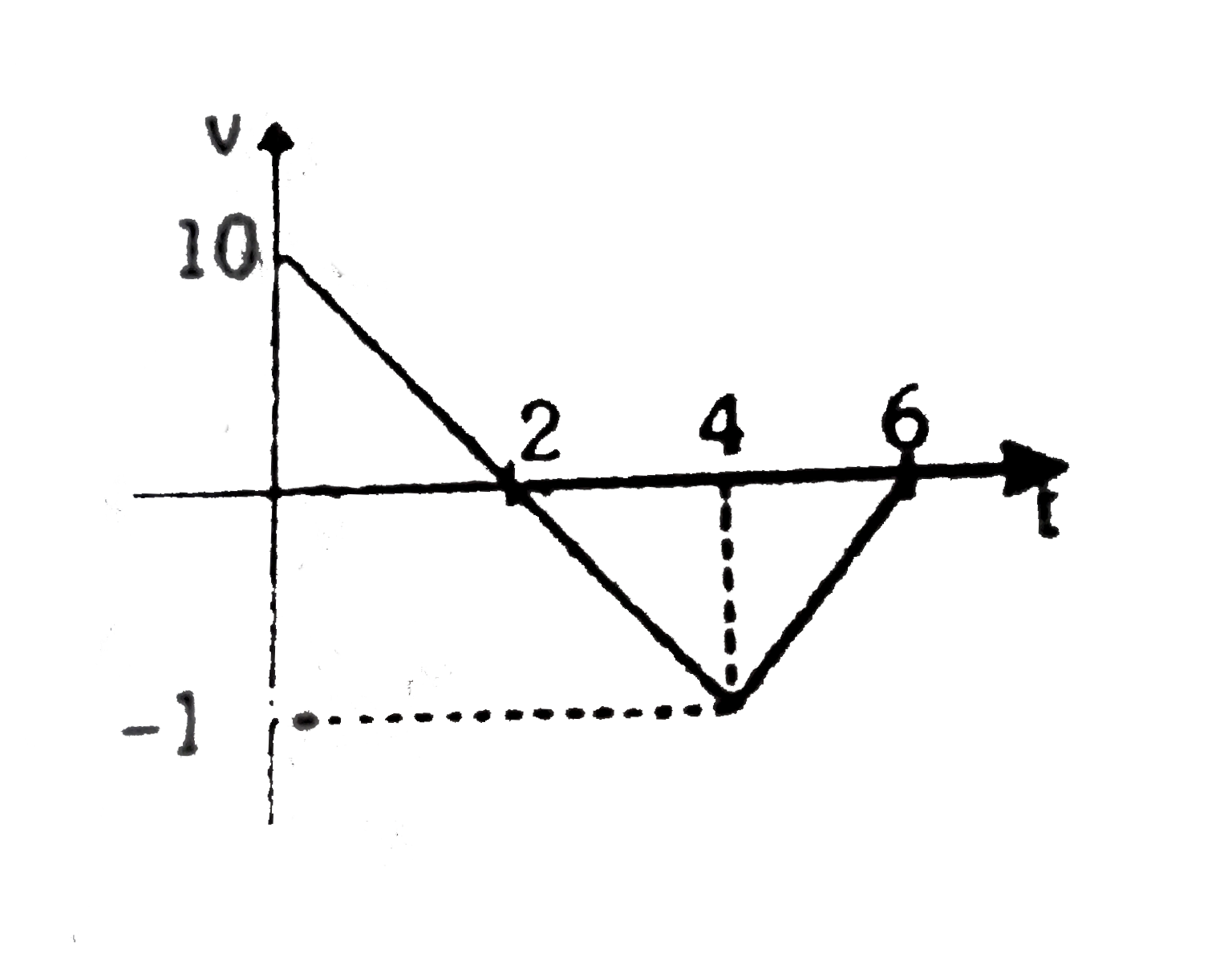Match the following
Column-IColumn-II(A)Derived unit(p)Height(B)Fundamental unit(q)Thickness(C)Derived quantity(r)Area(D)Fundamental quantity(s)Newton(t)Kilogram
To solve the matching question, we need to analyze the terms in both columns and match them based on their definitions and characteristics. Let's go through each item step-by-step.
1. Identify Derived Unit:
- A derived unit is formed from fundamental units.
- From Column II, "Newton" (s) is a derived unit because it is defined as kg⋅m/s2, which combines fundamental units of mass (kilogram) and length (meter).
- Match: A - s (Derived unit - Newton)
2. Identify Fundamental Unit:
- A fundamental unit is a basic unit that does not depend on other units.
- "Kilogram" (t) is a fundamental unit as it measures mass independently.
- Match: B - t (Fundamental unit - Kilogram)
3. Identify Derived Quantity:
- A derived quantity is a physical quantity that is derived from fundamental quantities.
- "Area" (r) is a derived quantity as it is calculated as length × length (e.g., m2).
- Match: C - r (Derived quantity - Area)
4. Identify Fundamental Quantities:
- Fundamental quantities are those that do not depend on other quantities.
- "Height" (p) and "Thickness" (q) are both measures of length and are fundamental quantities.
- Match: D - p (Fundamental quantity - Height) and D - q (Fundamental quantity - Thickness)
Final Matches:
- A - s (Derived unit - Newton)
- B - t (Fundamental unit - Kilogram)
- C - r (Derived quantity - Area)
- D - p (Fundamental quantity - Height) and D - q (Fundamental quantity - Thickness)
Summary of Matches:
- A → s
- B → t
- C → r
- D → p (Height) and D → q (Thickness)
- A derived unit is formed from fundamental units.
- From Column II, "Newton" (s) is a derived unit because it is defined as kg⋅m/s2, which combines fundamental units of mass (kilogram) and length (meter).
- Match: A - s (Derived unit - Newton)
- A fundamental unit is a basic unit that does not depend on other units.
- "Kilogram" (t) is a fundamental unit as it measures mass independently.
- Match: B - t (Fundamental unit - Kilogram)
- A derived quantity is a physical quantity that is derived from fundamental quantities.
- "Area" (r) is a derived quantity as it is calculated as length × length (e.g., m2).
- Match: C - r (Derived quantity - Area)
- Fundamental quantities are those that do not depend on other quantities.
- "Height" (p) and "Thickness" (q) are both measures of length and are fundamental quantities.
- Match: D - p (Fundamental quantity - Height) and D - q (Fundamental quantity - Thickness)
- A - s (Derived unit - Newton)
- B - t (Fundamental unit - Kilogram)
- C - r (Derived quantity - Area)
- D - p (Fundamental quantity - Height) and D - q (Fundamental quantity - Thickness)
- A → s
- B → t
- C → r
- D → p (Height) and D → q (Thickness)
Topper's Solved these Questions
- MEASUREMENTBOOK - BEIITIANSCHAPTER - MEASUREMENTEXERCISE - CONCEPTIVE WORKSHEET
71 Videos
- MEASUREMENTBOOK - BEIITIANSCHAPTER - MEASUREMENTEXERCISE - SUMMATIVE WORKSHEET
10 Videos
- HEATBOOK - BEIITIANSCHAPTER - HEATEXERCISE - IIT JEE Worksheet (V. Matrix Matching)
4 Videos
- MOTIONBOOK - BEIITIANSCHAPTER - MOTIONEXERCISE - IIT JEE WORKSHEET (MATIRX MATCHING)
1 Videos
Similar Questions
Match the following
Column-IColumn-II(A)unit of length in F.P.S(p)m(B)unit of mass in C.G.S(q)foot(C)unit of time(r)metre(s)gm(t)second
View SolutionMatch the column I with column II
Column-IColumn-II(A)Fructose(p)Protein(B)Zwitterion(q)Inversion(C)Peptide linkage(r)α−Amino acid(D)Hydrlysis of cane sugar(s)Carbohydroate(t)Ketose
View SolutionIn the s-t equation (s=10+20t−5t2) match the following columns.
∣∣ ∣ ∣ ∣ ∣ ∣∣Column IColumn II(A)Distancec travelled in 3s(p)−20 units(B)Displacement 1 s(q)15 units(C)Initial acceleration(r)25 units(D)Velocity at 4 s(s)−10 units∣∣ ∣ ∣ ∣ ∣ ∣∣
View SolutionMatch the following :
Column IColumn II(a)Penicillin(p)Bacteriostatic(b)Chloramphenicol(q)Antibiotic(c)Aspirin(r)Bacteriocidal(d)Ibuprofen(s)Analgesic(t)Antipyretic
View SolutionMatch the following :
Column -IColumn -II(A)Acceleration due to gravity(p)Kepler's law(B)Law of periods(q)Vector quantity(C)Orbital speed(r)Uniform near earth surface(D)Gravitational potential(s)Is nearly zero at infinity
View SolutionMatch the column I with column II
Column-IColumn-II(A)Starch(p)Natural polymer(B)Nylon-6(q)Synthetic polymer(C)Peptide Bond(r)Amide linkage(D)Maltose(s)Glycoside linkage(t)Oligosaccharide
View SolutionMatch the column I with column II
Column-IColumn-II(A)Natural rubber(p)Thermosetting polymer(B)Nylon-66(q)Homopolymer(C)Bakelite(r)Butadiene & styrene(D)Buna-S(s)Polyamide(t)Copolymer
View SolutionMatch the anionic species given in Column I that are present in the ore (s) given in Column II.
Column IColumn IIA.Carbonatep.SideriteB.Sulphideq.MalachiteC.Hydroxider.BauxiteD.Oxides.Calaminet.Argentite
View SolutionMatch the column -
Column-IColumn-II(A)Ba(p)Golden yellow(B)Ca(q)Apple green(C)Na(r)Brick Red(D)Rb(s)Violet
View SolutionFor the velocity -time graph shown in figure, in a time interval from t=0 to t=6s, match the following:

Column IColumn II(A)Change in velocity(p)−5/3SIunit(B)Average acceleration(q)−20SIunit(C)Total displacement(r)−10SIunit(D)Acceleration ay t=3s(s)−5SIunit
View Solution
